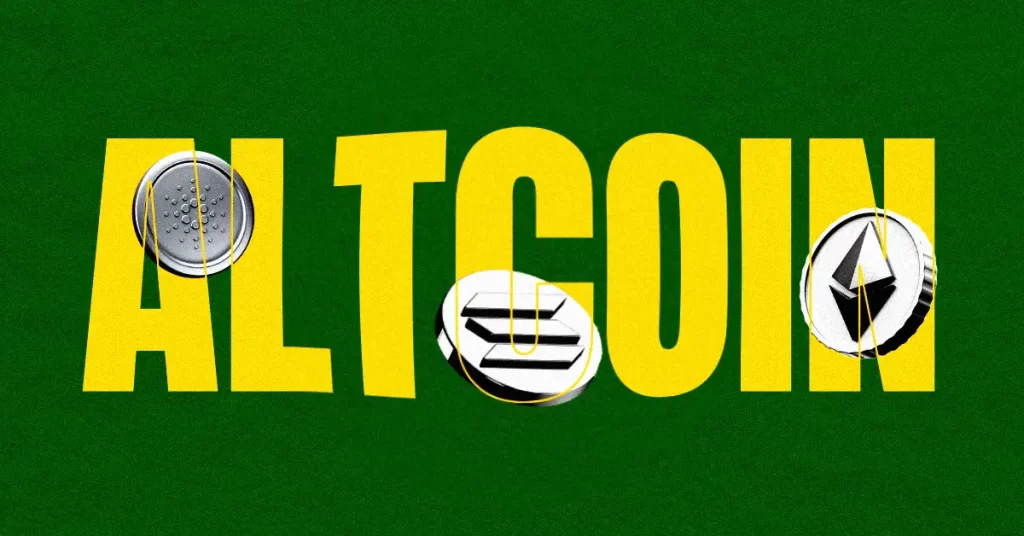On May 9, Bitcoin teetered on the brink of a $61,000 breakdown as it retested critical support levels, hinting at underlying tensions in its trading pattern.
Persistent Pressures on Bull Market Support
Recent tracking data from TradingView showed Bitcoin’s price inching downward, effectively reversing the gains accumulated over the previous week. The cryptocurrency, trading within a narrow band of volatility, displayed a lack of upward drive.

Crucial to its current valuation are the 100-day simple moving average (SMA) and the short-term holder realized price (STH-RP), which stood at $61,200 and $60,100, respectively. These markers are revered as traditional bull market buffers, which even a drop to $56,500 last week couldn’t breach for long.
Renowned trader Skew, in his latest analysis on social platform X, emphasized the importance of the 100-day SMA and the monthly opening price at $60,600 in the broader market context. He noted, “There are about 100BTC bids stacked here, but we need to see evidence of sellers being absorbed to confirm a strong demand confluence.”
Monitoring resource CoinGlass corroborated a significant pool of bid liquidity just below $61,000, suggesting an ongoing struggle to reclaim higher price levels. Skew also pointed out, “We’re observing the price being tactically lowered to attract liquidity, which is likely to be sold on price bounces.”
Mining Metrics and Network Health
The strain on Bitcoin’s price is paralleled by challenges in its mining ecosystem. Data from BTC.com indicated that Bitcoin’s mining difficulty was set to decrease by 5.63% to 83.15 T, marking the largest reduction since the tail end of the 2022 bear market when the trading price was below $20,000. Currently, the difficulty sits at a peak of 83.23 trillion, highlighting the network’s ongoing adjustments.
 Source: BTC.com
Source: BTC.comA mining analysis account named Pennyether provided insights on platform X regarding the declining hash rate, crucial for mining economics. “The hash rate is dropping, but for miners, the real concern is the difficulty, not the hash rate itself. Miners won’t mine more Bitcoin per EH/s until the next difficulty adjustment, which occurs every 2016 blocks or roughly every two weeks,” they explained.
They projected a potential 7% decrease in difficulty, leading to an ‘effective hash rate’ of approximately 585 EH/s, still above their post-halving prediction of 560 EH/s based on a hash price of $50. As the ecosystem braces for these changes, the broader implications for Bitcoin’s stability and investor sentiment remain a focal point.

















 English (US)
English (US)